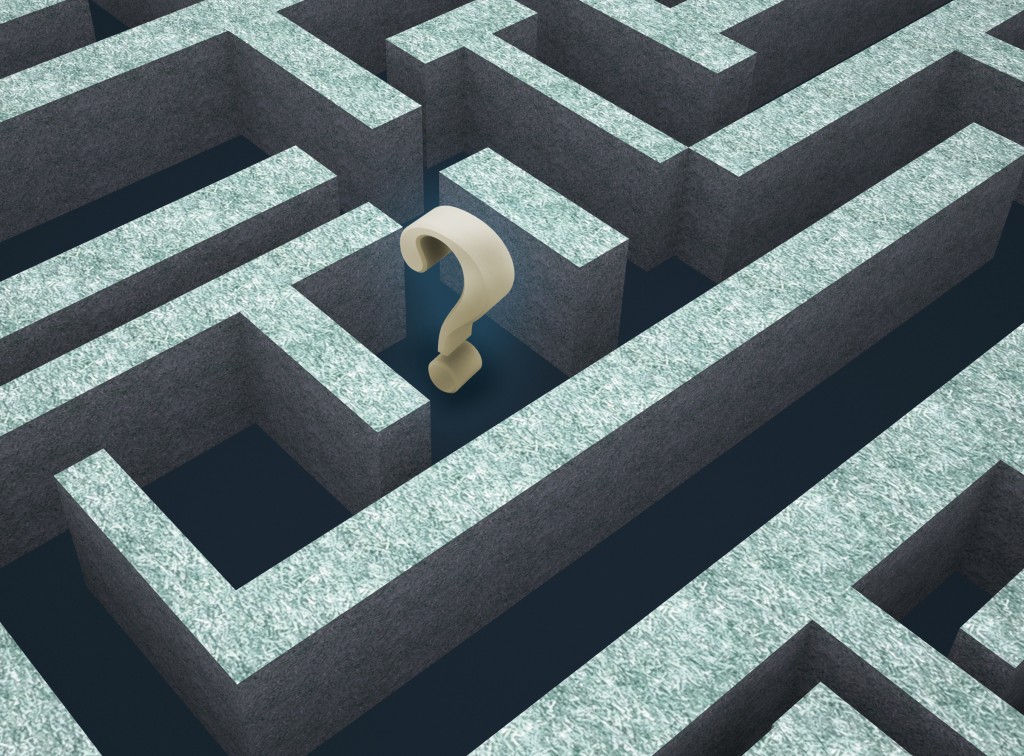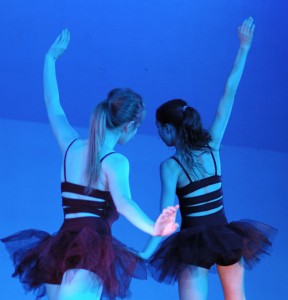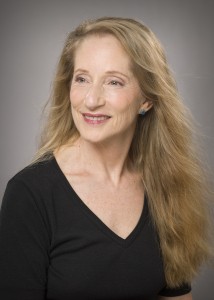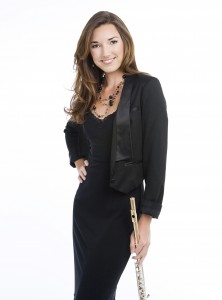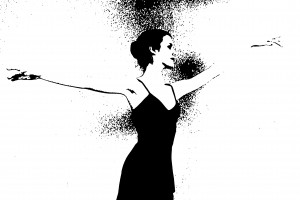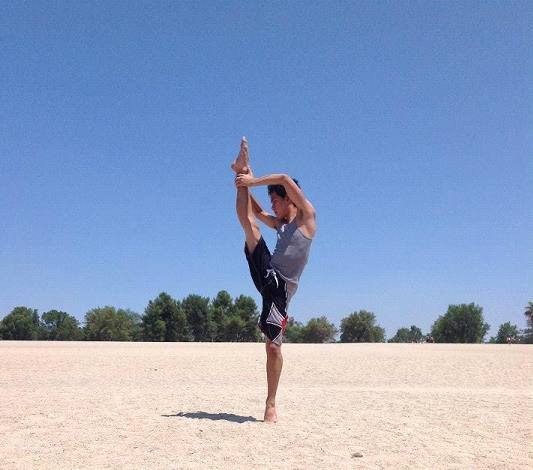Featuring in today’s Student Spotlight is dancer Morgan Forth, recent graduate from Middlesex University.
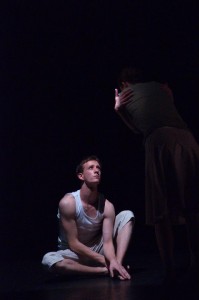
1. Can you tell readers how you became involved with dance?
Coming from a secondary school where dance was a part of the curriculum, it started off as merely another subject. My true passion for dance came when I was 14 when (dragged by friend) I joined a new boys’ dance group called Alpha Dance. Their first project was the opening ceremony of the Olympics in which they saw an opportunity to get ‘boys into dance’. During this I found a whole new sense of accomplishment and I began to fall in love being able to perform and not quiver to the background as I was used to. I began to feel at home in dance.
2. What do you find you like best about dance class?
Getting lost in the movement has always been my favourite part of class. Not so much that you forget what you are meant to be doing, but just enough that your emotions start to spiral in and develop into a phrase. Becoming one with the movement is genuinely exhilarating.
3. What is the hardest part about dance for you?
The hardest part will always be the little demons that tell me I’m not good enough to be doing this. Suffering from low self-esteem has always been a great obstacle and often damages my belief to progress. It doesn’t normally help when you’re constantly surrounded by others that seem to be able to continue to push and achieve at a higher rate, but you then remember why you love it and things start figuring themselves out again!
4. What advice would you give to other dancers?
One thing is to never let other people dishearten you. You need to always remember why you dance. As soon as that is clear then nothing else will matter because you will know in your core that what you are doing is the right thing. Dance at its base is a freedom of expression, but in order to have this freedom you must have discipline. That is not to say you can’t be immature: some of the greatest pieces came from messing about! But in order to push the boundaries you need to know what the boundaries are.
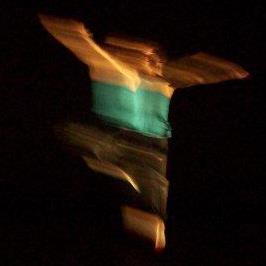
5. How has dance changed your life?
Dance has given me a sense of purpose, it turned me from an extremely quiet and shy nobody to a quiet and shy person that can perform to hundreds of people and not be scared. It brought me great friends and mentors, people I hope never to lose contact with. It has taken me on tour to the Fringe festival and through playful workshops lead. It constantly reminds me that I can be more and do more, and that if you fall over just do it with style and carry on…no one needs to know.
BIO: Morgan Forth graduated from Middlesex University with First class honours after completing both GCSE and A Level dance at North Leamington School and Arts College. He joined Alpha Dance youth dance company in 2003 and took part in various productions across Coventry and Warwickshire until 2008. Throughout university Morgan had the chance to collaborate with Masters students in their choreographic work and also understudied both male parts in Bertram Ross’ Nocturne. He is currently a company dancer and Administrator with KindredDance, performing at Sifdans festival, at artsdepot London and for eleven.org. In addition to this, he is also a company dancer with Avoidance, touring London and to the Edinburgh Fringe Festival in 2012. Morgan is currently beginning to pursue research into the progression of modern dance and the internalising use of breath for the body.





